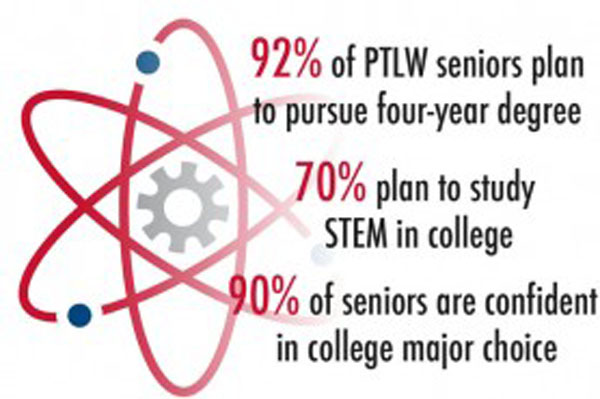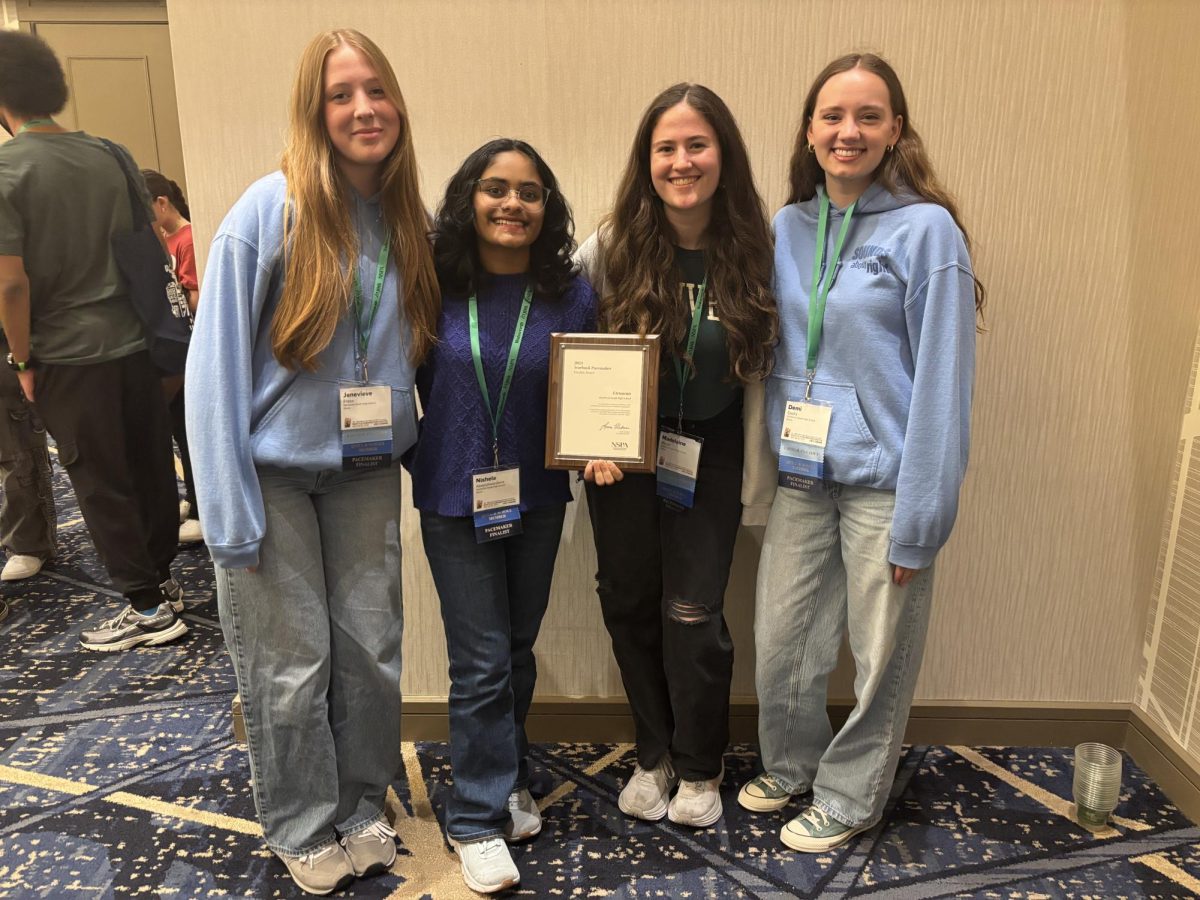Project Lead the Way (PLTW), a Science, Technology, Engineering and Mathematics (STEM)-intensive program, will be introduced to South next school year with two new courses.
According to Dawn Hall, the instructional supervisor of the Applied Technology Department, the PLTW initiative was originally designed as a solution to a problem the entire nation faces. That problem is a decreased interest and pursuit in the STEM fields during a time when society needs to increase interest and the number of careers in these different sectors, according to Hall.
With the program’s debut next year, students will be able to enroll and participate in Principles of Engineering along with Introduction to Engineering Design.
However, the opportunities Hall envisions for students will fully arrive during and after the 2014-2015 school year, at which point six specific classes will be unveiled. These courses include Aerospace Engineering, Biotechnical Engineering, Civil Engineering and Architecture, Computer Integrated Manufacturing, Digital Electronics, and Engineering Design and Development.
“In truth, [PLTW] is a pre-engineering program of study that is really designed to support a student […] after high school […] to be more successful,” Hall said. “Engineering is such a broad area that one of our needs and challenges will be to […] create a sequence that is well-known and looked for by schools of engineering.”
Hall also said that now is a time when many of the “common core” classes are seeking a hands-on, problem-based learning environment. This strategy uses application to real-life situations and technology as its primary approach to educate students. Hall uses PLTW as an exemplary model for this type of learning.
“[Curricula] has gotten so heavy on all of the requirements and just the academic theories that we got away from people…actually making and creating things and problem solving and applying critical thinking,” Hall said. “[We need to take] that math and that science and all the things we are learning along the way and really learn how to build, design and make.”
Like Hall, Dr. Lara Cummings, assistant principal of student services, believes PLTW courses are more relevant to immediate and real scenarios.
“PLTW provides an increased relevance and clarity about where and how math and science fits into engineering specifically,” Cummings said. “PLTW makes many areas of science and math more practical, applicable and connected.”
In order to fully develop the GBS chapter of the PLTW initiative, there will be many resources necessary to provide engagement and opportunity for students. This spectrum ranges from new industry-level design software to three-dimensional printing hardware to new teachers. Not only will teachers be required to facilitate the education, but they must be trained in managing the extensive activities in which students will be involved as well.
Despite all this, Hall nor Cummings see this as a challenging limitation. Actually, Hall sees the acquisition and implementation of these new resources as nothing but positive.
While the logistics of the integration of future and existing courses is still underway, the only challenge that a hopeful Hall sees at the moment is the program’s ability to accommodate the large number of students who display an interest in these STEM fields.
“We know that there’s a lot of excitement with our incoming freshmen that have heard about this…and we know that there’s excitement in the building even with current students,” Hall said. “[We just] want to be able to meet those demands and provide a space for everyone who is interested.”
Hall doesn’t see a better time or place than right now at South to try and meet these expectations.
“It just sounds like GBS, doesn’t it?” Hall asked rhetorically. “It just fits us…you look at this from all angles, and it’s nothing but good for our students.”












